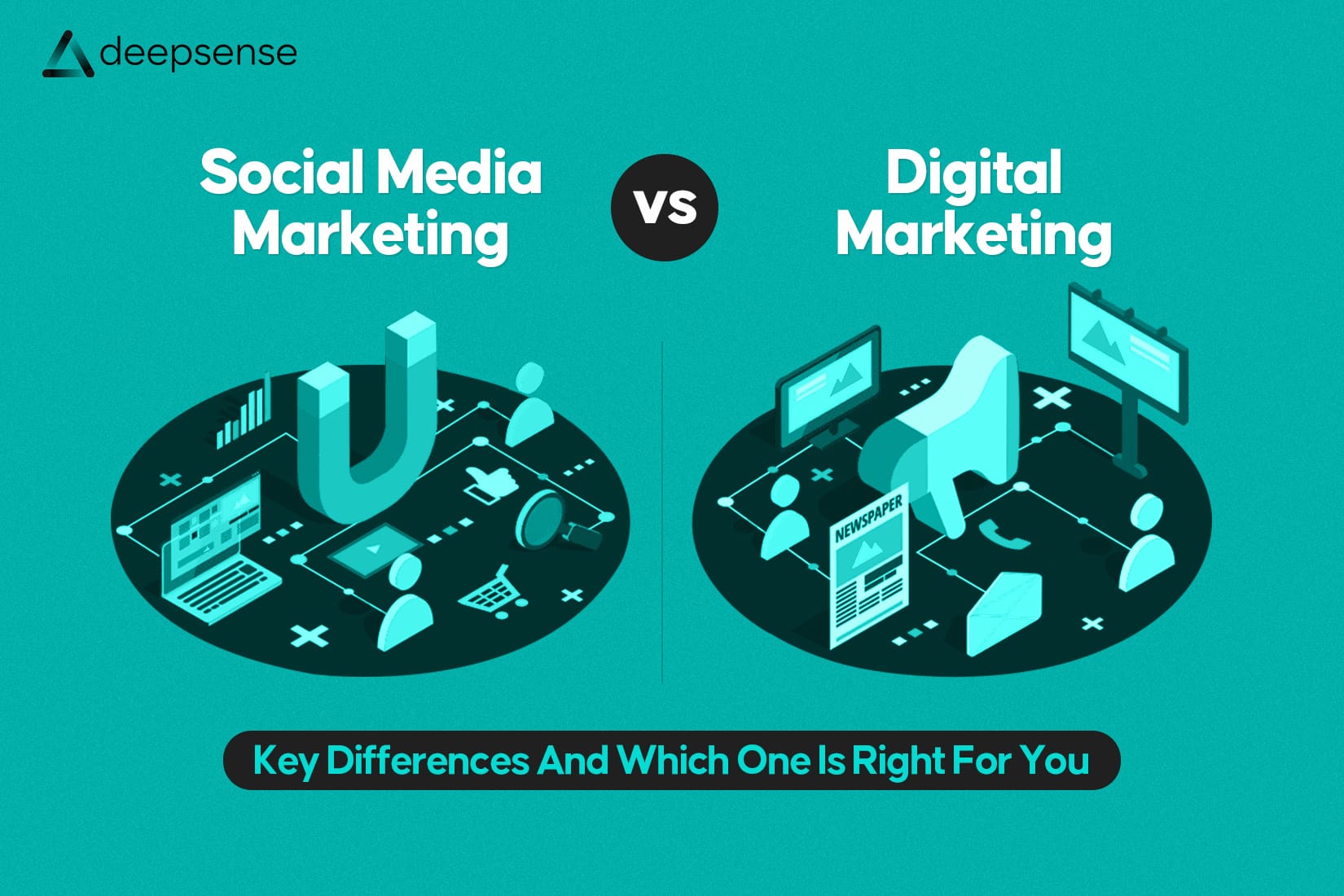Introduction
Think about the last time you opened an email. Chances are, the subject line was the very first thing that made you click, or ignore, it. In today’s fast-paced digital world, where inboxes are overflowing with newsletters, promotions, and updates, your subject line acts as the digital handshake between your brand and your audience.
Research shows that 47% of email recipients open an email based on the subject line alone, while 69% report emails as spam just from what they read in the subject line (Convince & Convert). That means your subject line isn’t just a few words, it’s the difference between engagement and being forgotten.
Crafting the perfect subject line requires the right mix of psychology, creativity, and strategy. It’s about standing out without being spammy, sparking curiosity without being misleading, and building trust while still grabbing attention. In this blog, we’ll break down six practical tips that can help you master the art of writing subject lines that not only get opened but also create meaningful connections with your audience.
1. Keep It Short and Sweet
With most people checking emails on their phones, long subject lines often get cut off. According to Campaign Monitor, subject lines with 41 characters or less (around 7 words) perform best.
Example:
- “Your order is on the way”
- “Final hours to save 20%”
Short, clear, and easy to read on mobile screens.
2. Personalization Works Wonders
Nobody likes generic, copy-paste emails. Adding the recipient’s name or tailoring the subject line to their preferences boosts open rates. Experian found personalized subject lines can increase open rates by 26%.
Example:
- “Hey Sarah, here’s your weekend style guide”
- “John, your cart misses you!”
This makes the reader feel valued and more likely to click.
3. Use Numbers and Specifics
Humans love numbers; they’re concrete, scannable, and convey instant value. A subject line with numbers is more likely to grab attention.
Example:
- “7 SEO hacks to double your traffic”
- “3-day flash sale: Up to 50% off”
Numbers set clear expectations, which builds trust and curiosity.
4. Create Urgency (But Don’t Overdo It)
Fear of missing out (FOMO) is real, and it works in email marketing. Subject lines that create urgency encourage immediate opens. But beware: overusing urgency can feel spammy.
Example:
- “Last chance! Sale ends tonight”
- “Only 3 spots left for tomorrow’s webinar”
The key is authenticity, only use urgency if it’s real.
5. Spark Curiosity
A little mystery can go a long way. Subject lines that hint at something valuable inside encourage readers to open the email to find out more.
Example:
- “This tiny trick doubled our sales…”
- “What successful CEOs do before 7 AM”
But don’t trick people, the email content should deliver on the subject line’s promise.
6. Test, Analyze, and Improve
What works for one brand may not work for another. Use A/B testing to experiment with different subject line styles; humor, urgency, emojis, personalization, etc. Tools like Mailchimp or HubSpot allow you to test and measure open rates.
Pro Tip: Track metrics like open rate, click-through rate (CTR), and conversions to understand what resonates with your audience.
Final Thoughts
At the end of the day, your subject line is your first impression, and first impressions matter. A well-crafted subject line can dramatically improve your open rates, click-throughs, and conversions, while a poorly written one can bury your email in the clutter of a crowded inbox.
The best approach is to think like your audience: What would make you want to open this email? Be clear, be authentic, and always provide value. Testing and refining is equally important, sometimes even a small tweak (like adding personalization or removing extra words) can make a huge difference.
In a digital age where attention spans are shrinking, your subject line has to work harder than ever. But with the right mix of creativity, relevance, and strategy, you can ensure your emails don’t just get noticed, they get opened, read, and acted upon.
So next time you hit “send,” ask yourself: Does my subject line spark enough curiosity and trust to earn a click? If the answer is yes, you’re already ahead in the game of digital communication.
Quick Recap:
- Keep it short and mobile-friendly
- Add personalization for stronger connections
- Use numbers to set clear expectations
- Create urgency and FOMO carefully
- Spark curiosity (but don’t mislead)
- Keep testing and analyzing
FAQs
1. Why is the email subject line so important?
The subject line is the first thing recipients see and determines whether they’ll open your email. A strong subject line can significantly improve open rates and engagement.
2. How long should a subject line be?
Ideally, keep subject lines between 6–10 words or 40–60 characters. This length ensures they display properly across devices while remaining concise and impactful.
3. Should I use emojis in email subject lines?
Yes, but sparingly. Emojis can make subject lines stand out, but overusing them may look unprofessional or spammy. Always consider your audience and brand tone.
4. What words should I avoid in subject lines?
Avoid spam-trigger words like “Free,” “Win,” “Buy now,” “100% guaranteed,” and excessive punctuation (!!!). These can land your email in spam folders.
5. How can I personalize subject lines?
Include the recipient’s name, location, or preferences. Example: “John, here’s a special offer just for you.” Personalization increases open rates by 26% (Campaign Monitor study).
6. Should I use numbers in subject lines?
Yes, numbers add specificity and catch attention. Example: “5 Secrets to Boost Your Sales Today.” Emails with numbers often perform better than vague ones.
7. How do I test which subject line works best?
Use A/B testing by sending different subject lines to small audience segments. Compare open rates to determine which resonates better before rolling out to the full list.
8. How often should I change my email subject line strategy?
Review performance regularly. If open rates drop, test new approaches, like adding urgency, experimenting with questions, or using personalization.
9. Can humor work in subject lines?
Yes, if it aligns with your brand and audience. Humor can stand out but should never confuse or offend. Always keep it clear and respectful.
10. What’s the best way to create urgency without being pushy?
Use time-sensitive language like “Last chance,” “Ends tonight,” or “Only 2 spots left.” Make sure the urgency is real and not misleading, otherwise, it damages trust.











